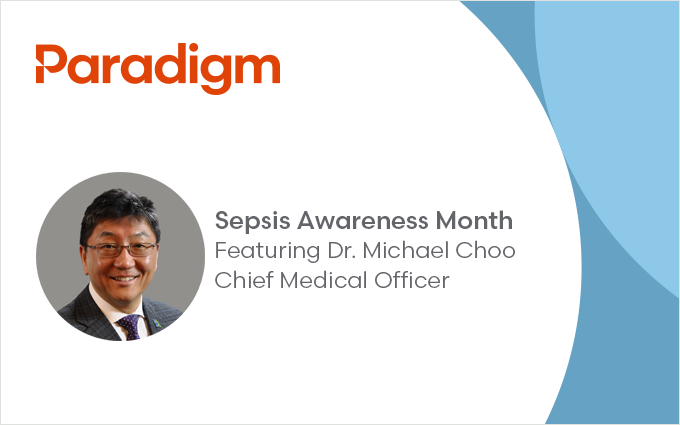09/23/2021

Each year, sepsis affects 1.7 million people and causes 270,000 fatalities in the U.S. September is Sepsis Awareness Month. The Sepsis Alliance launched this event in 2011 to raise awareness for sepsis, which is the leading cause of hospital-related deaths in the United States.
Sepsis is a condition caused by the body’s natural response to infections, including bacterial, viral, or fungal infections. When the immune system releases chemicals that fight infections in the body, it causes an inflammatory response that can stop the infecting pathogens. Unfortunately, when the inflammatory reaction triggered by our immune system becomes prolonged and dysregulated, it can potentially damage healthy tissues. In the most severe cases, sepsis can lead to serious complications, including multi-organ failure that is life-threatening or even fatal.
A large number of work-related injuries have a high risk of sepsis—particularly catastrophic injuries, such as severe burns and limb loss. This makes sepsis awareness a critical topic in workers’ compensation: one that can help promote a healthier recovery and potentially save lives.
Sepsis and work-related injury
Any wound or injury can lead to and/or be associated with an infection with an ensuing immune system response. Serious injuries cause an increased inflammatory response in the body that can increase the risk of sepsis. Minor injuries that do not require hospitalization may be at a lower risk for sepsis, but proper wound care is still important for preventing infection.
Injuries such as burns and limb loss are dangerous because they not only raise the risk of infection due to increased exposure, but they can also compromise the immune system, making patients more vulnerable to entering septic shock.
According to Paradigm Chief Medical Officer, Dr. Michael Choo, there are a number of contributors to the recent increase in the rate of sepsis. These sepsis-related factors impacting work-related injuries are the increasingly aging workforce, the growing number of workers with immunocompromised states from comorbidities requiring immunosuppressive medications, and the emergence of multidrug-resistant pathogens.
Recognizing and treating sepsis
Identifying and responding to the signs of sepsis and septic shock as early as possible is essential to delivering proper care. According to the “It’s About TIMETM” campaign created by the Sepsis Alliance, the warning signs include:
According to Dr. Choo, this is consistent with ongoing efforts by doctors and other medical professionals to take a proactive approach to sepsis. “There has been a considerable effort in the medical community over the past five years to identify, as early as possible, any potential sepsis syndromes due to high rates of sepsis-related morbidity and mortality,” Dr. Choo explains. “Studies show that early identification and aggressive treatment of early sepsis syndromes result in improved outcomes.”
Help Paradigm spread awareness for sepsis identification and treatment
Paradigm is committed to the health and wellness of all injured workers. By promoting awareness around sepsis and ensuring that participants throughout the care process know how to identify and proactively treat this serious condition, we can work together toward reducing sepsis risk among all patients. The Sepsis Alliance is asking for help spreading Sepsis Awareness Month across social media by tagging @SepsisAlliance and using the hashtags #SepsisAwarenessMonth and #SAM2021.
Learn about Paradigm’s clinical partnerships to foster research, education, and advancements in care for injured workers dealing with serious injuries, including burns, and limb loss.